Various rare items exhibiting the history of India over the past two million years are being held in Mumbai.
The exhibition, titled "India and the World: Nine Tales of History," was divided into nine parts. From the sculptures and pottery to the paintings and drawings, the 228 archaeological remains were exhibited.
It was launched on 11th November at the Chhatrapati Shivaji Maharaj Vastu Shankarayatyam (CSMVS), the largest museum in Mumbai. It is expected that the exhibition will be open until February 18, 2018 and will then go to Delhi.
This collection, which presents the main moments of Indian subcontinent history, has more than 100 artifacts from India's museums and private collections, "Balochistan Bad" (3500 BC - 2800 BC). It was found in the Meharrar area of Balochistan province of present-day Pakistan.
Like other pottery found in the region, it is painted in many colors using the polychrome technique commonly found in ancient cultures. It is widely seen in many parts of northern India and Pakistan, the gold-plated horn of the bull of the ancient Sindhu River civilization.
Basalt rock (250 BC) is the inscription of the Ashoka Empire, one of the largest empires of ancient India. The inscription is found in the port of Sabarra near Mumbai.
This sculpture made of red sandstone is believed to be one of the crown kings. In the first century, Kushans ruled over much of North India and parts of Central Asia.
This sandstone statue (AD 100 - AD 100) is considered to be the earliest known Tirthangra (teacher) form of ancient Indian religion, Jainism.
It was found in Patna, capital of Bihar.
The Bronze Buddha (900 AD - AD 1000) was found in a port city of the southern Indian state of Tamil Nadu.
In this portrait of Mughal emperor Jahangir, she is like a small image of Mary. It was found in Uttar Pradesh, the capital of the Mughal Empire.
The Mughal Emperor Jahangir (1656 AD - AD 1661) is drawn by Dutch artist Rambandt. He was impressed by the court-friendly situation in the very smallest of the Mughals.
The wooden wheel or the rotating wheel (1915 AD - 1948) is the home of India's independence struggle with Britain Became a powerful symbol of opposition.
The exhibition, titled "India and the World: Nine Tales of History," was divided into nine parts. From the sculptures and pottery to the paintings and drawings, the 228 archaeological remains were exhibited.
It was launched on 11th November at the Chhatrapati Shivaji Maharaj Vastu Shankarayatyam (CSMVS), the largest museum in Mumbai. It is expected that the exhibition will be open until February 18, 2018 and will then go to Delhi.
This collection, which presents the main moments of Indian subcontinent history, has more than 100 artifacts from India's museums and private collections, "Balochistan Bad" (3500 BC - 2800 BC). It was found in the Meharrar area of Balochistan province of present-day Pakistan.
Like other pottery found in the region, it is painted in many colors using the polychrome technique commonly found in ancient cultures. It is widely seen in many parts of northern India and Pakistan, the gold-plated horn of the bull of the ancient Sindhu River civilization.
Basalt rock (250 BC) is the inscription of the Ashoka Empire, one of the largest empires of ancient India. The inscription is found in the port of Sabarra near Mumbai.
This sculpture made of red sandstone is believed to be one of the crown kings. In the first century, Kushans ruled over much of North India and parts of Central Asia.
This sandstone statue (AD 100 - AD 100) is considered to be the earliest known Tirthangra (teacher) form of ancient Indian religion, Jainism.
It was found in Patna, capital of Bihar.
The Bronze Buddha (900 AD - AD 1000) was found in a port city of the southern Indian state of Tamil Nadu.
In this portrait of Mughal emperor Jahangir, she is like a small image of Mary. It was found in Uttar Pradesh, the capital of the Mughal Empire.
The Mughal Emperor Jahangir (1656 AD - AD 1661) is drawn by Dutch artist Rambandt. He was impressed by the court-friendly situation in the very smallest of the Mughals.
The wooden wheel or the rotating wheel (1915 AD - 1948) is the home of India's independence struggle with Britain Became a powerful symbol of opposition.
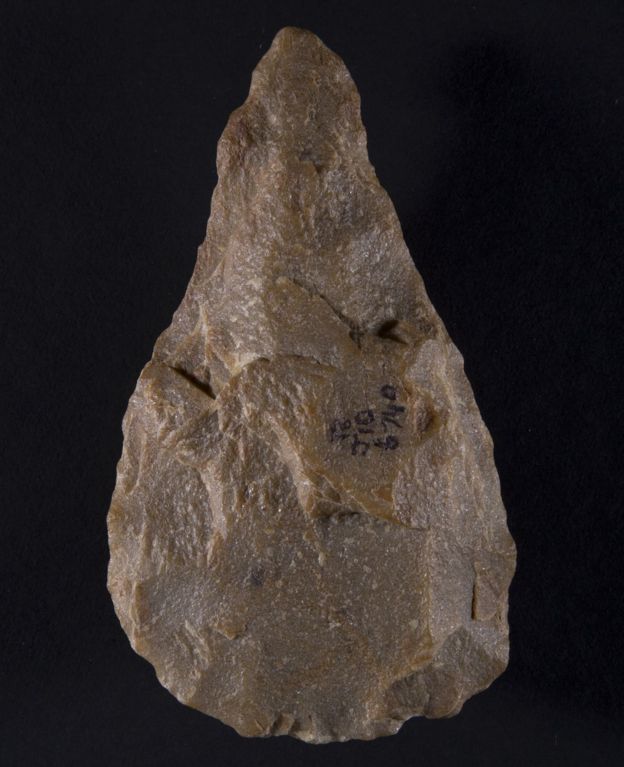

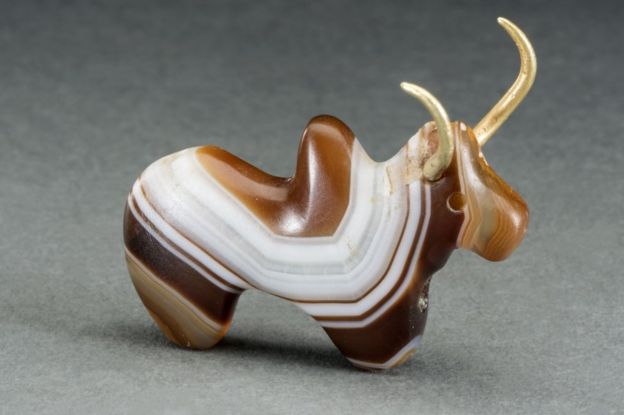
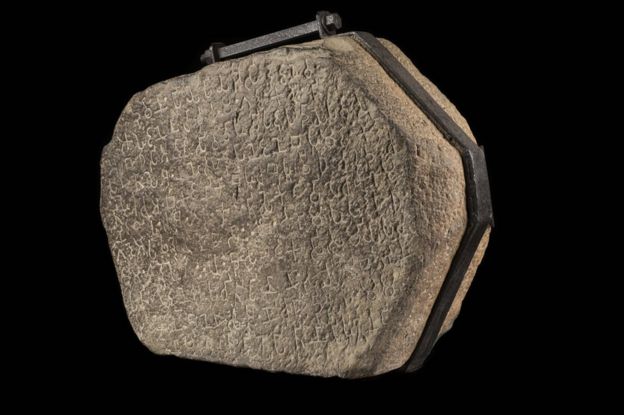
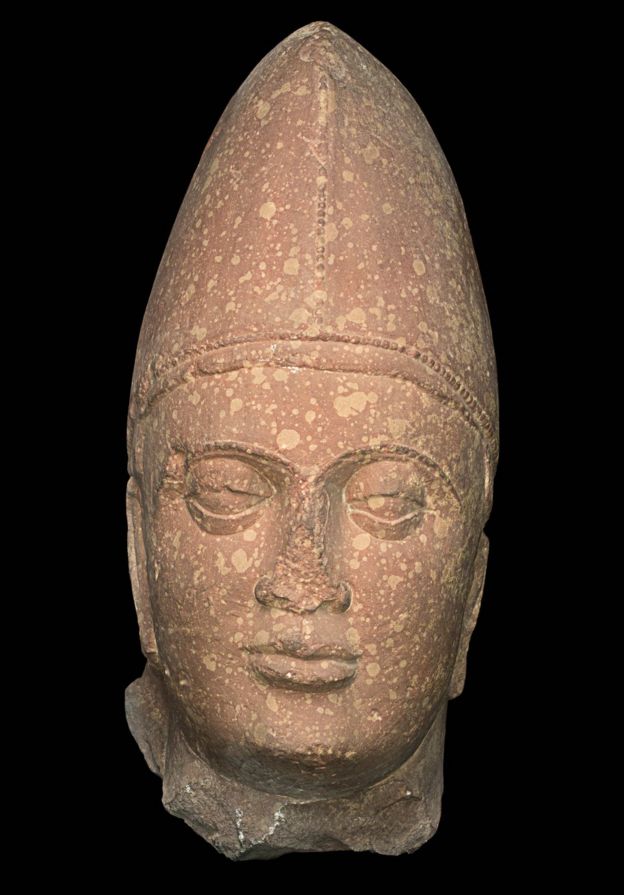
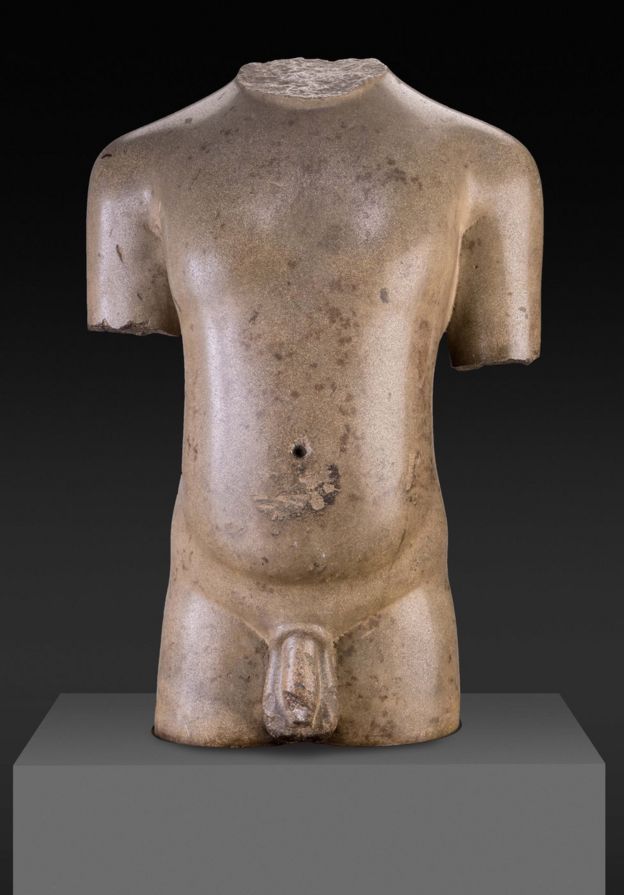
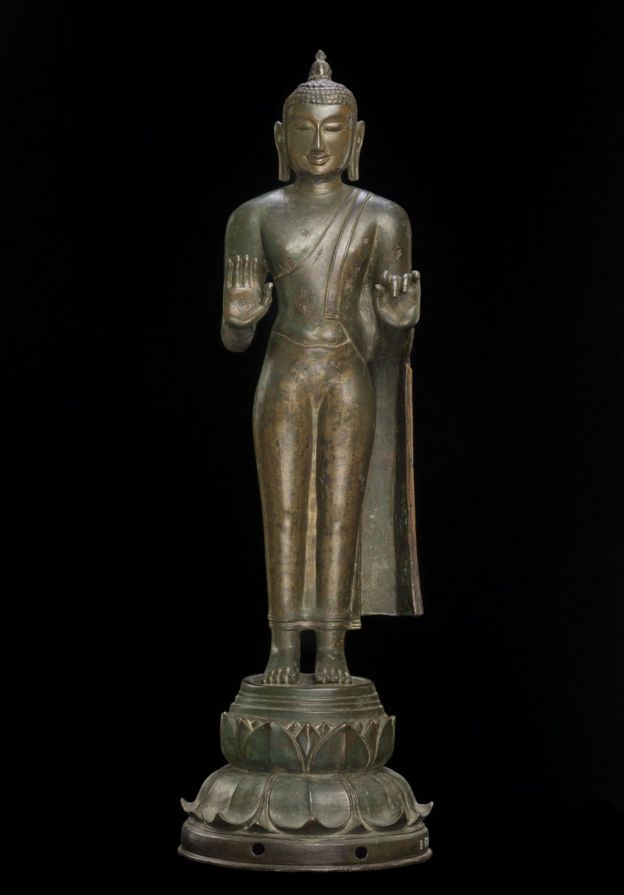
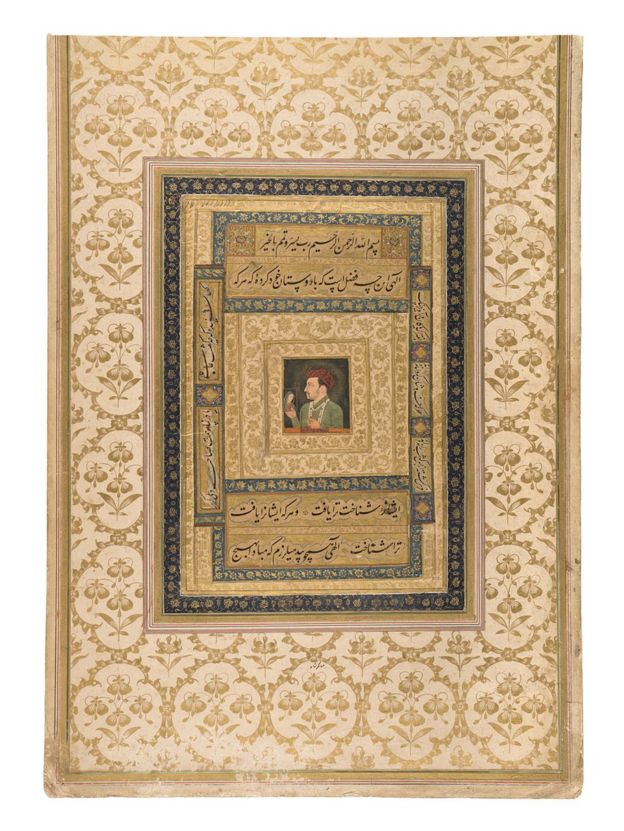
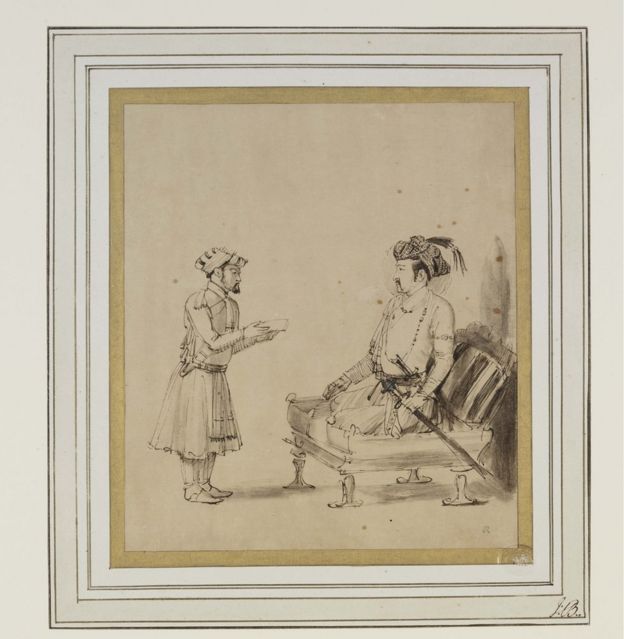

Comments
Post a Comment